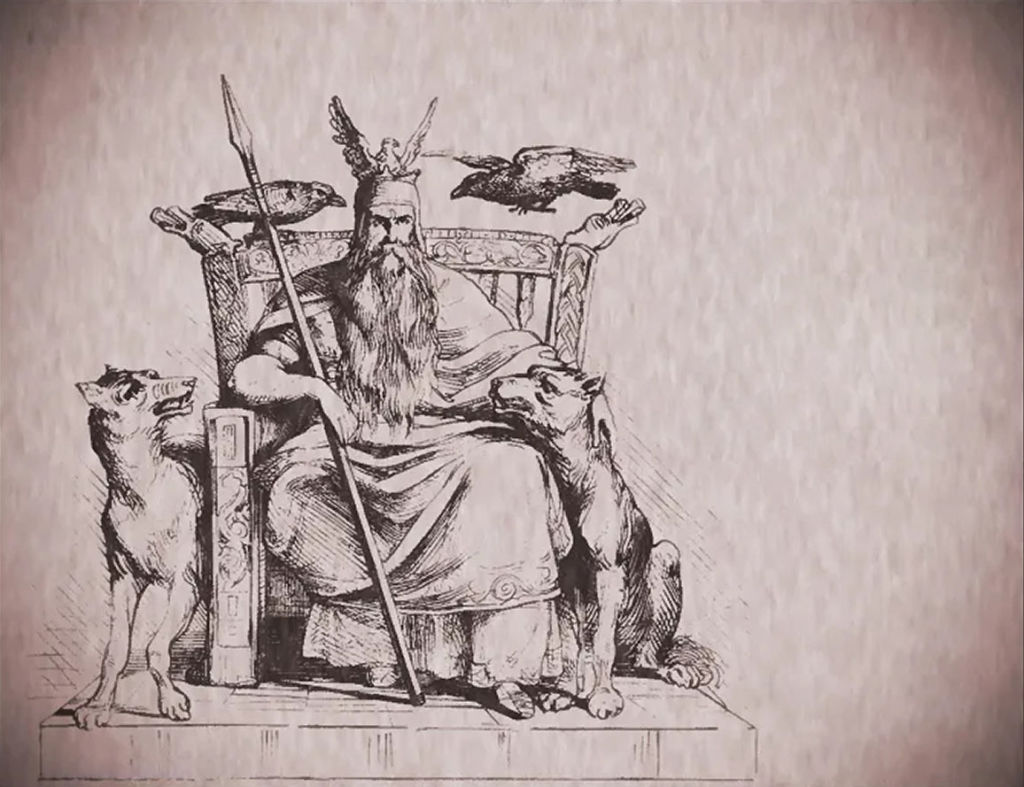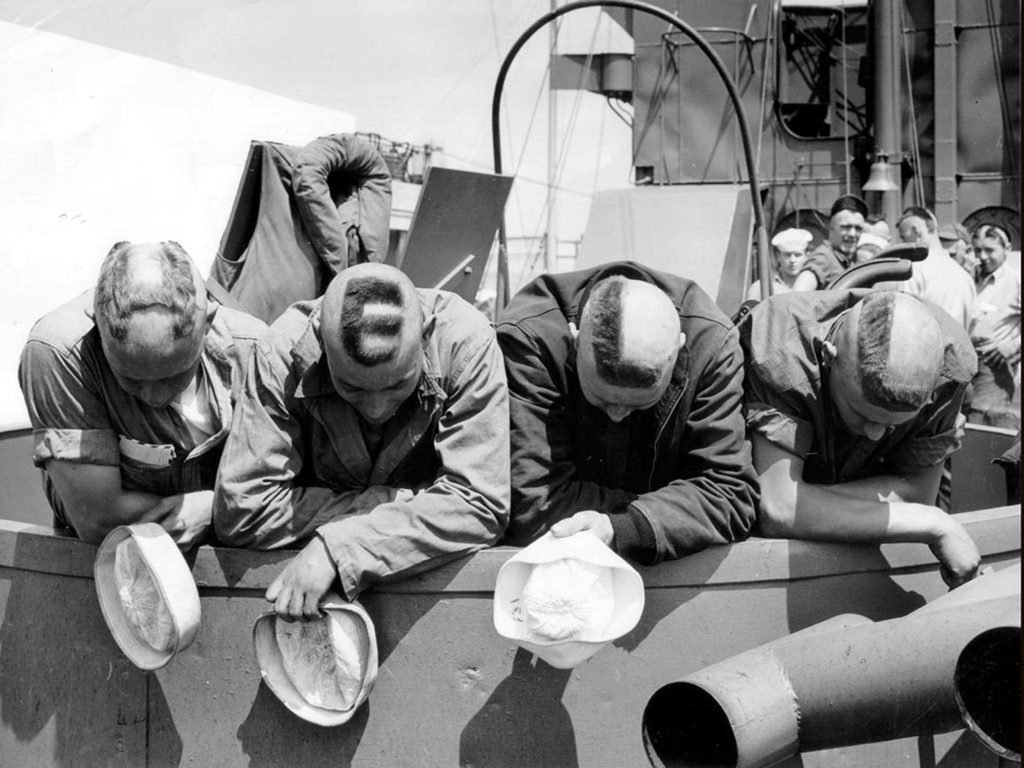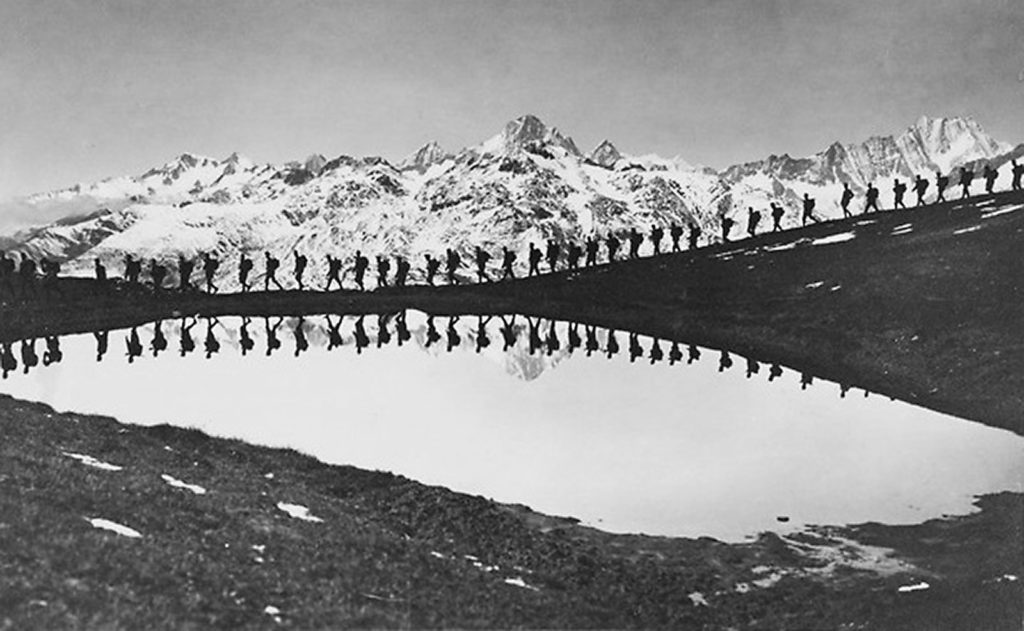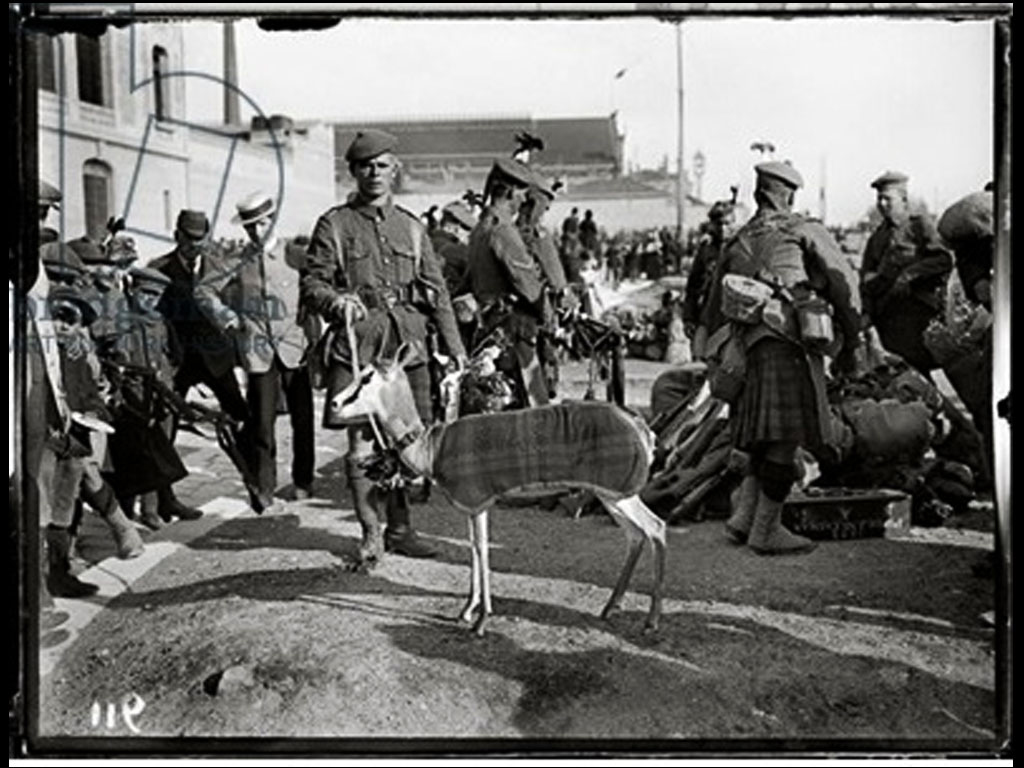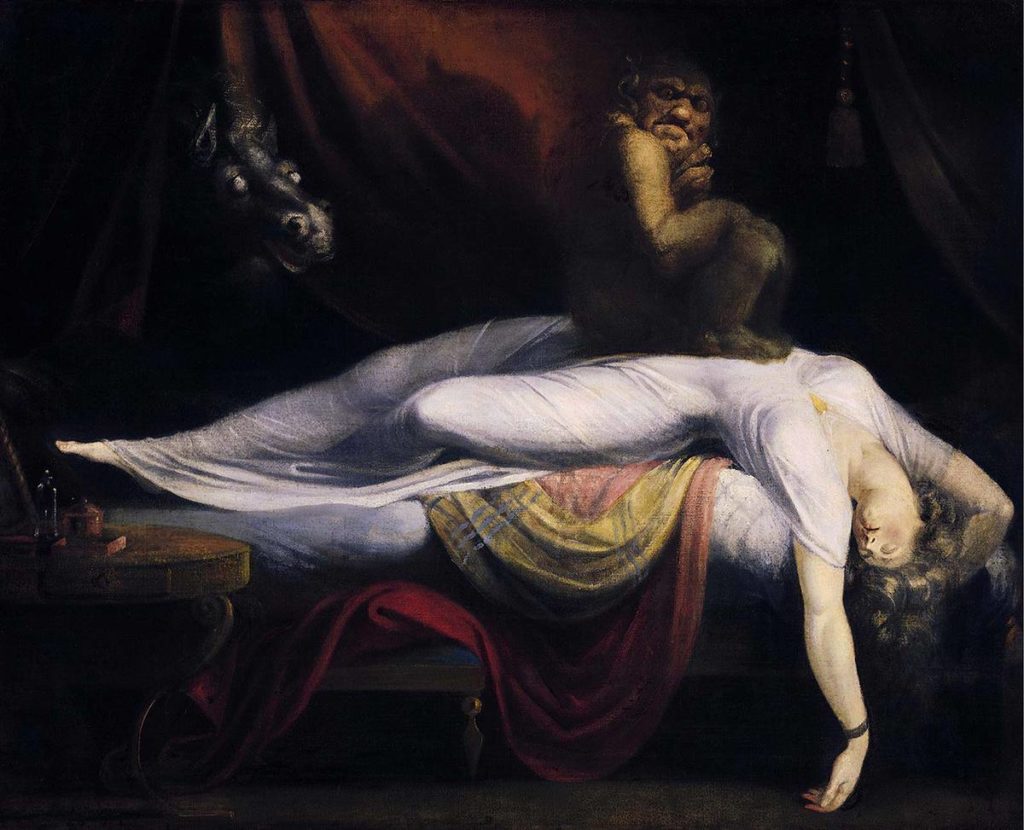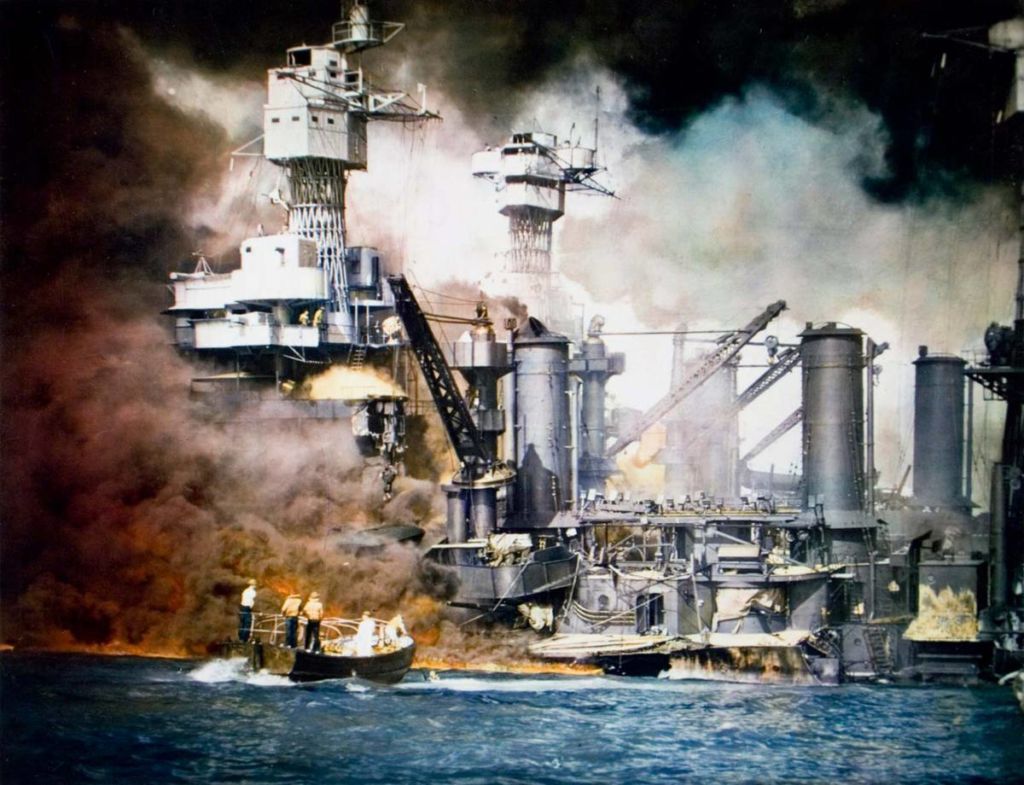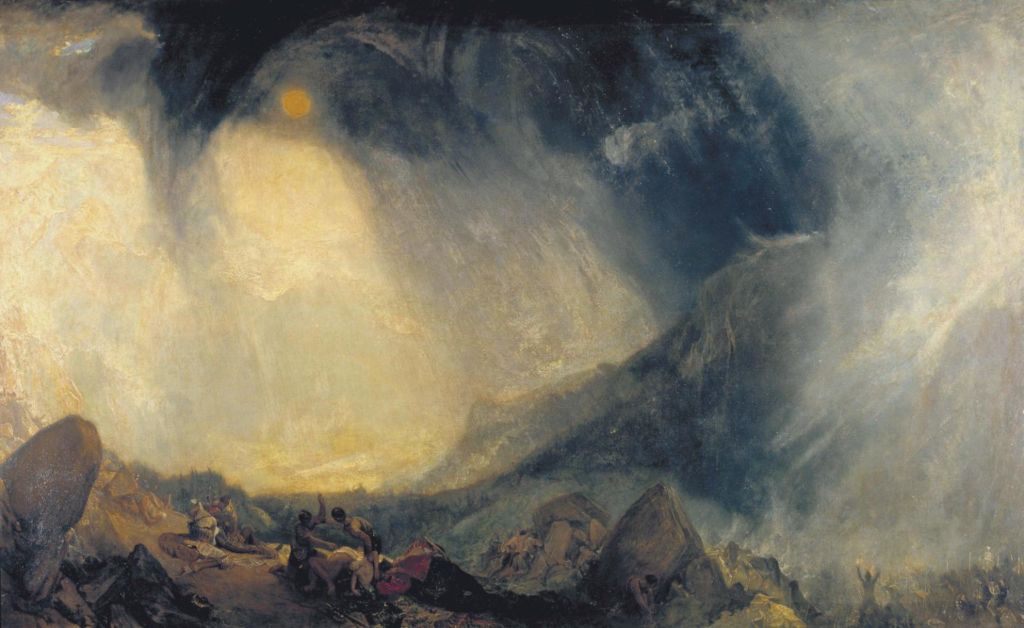Manet’s Le Suicidé, Gaughin’s Sunflowers, Cézanne’s The Boy in the Red Vest, Bonnard’s Déjeuner. From March 20 to July 21, 2019, the Maillol Museum in Paris exhibits fifty-seven masterpieces from the Bührle collection, while glossing over their owner’s history as an arms dealer to the Third Reich in WWII.
Presented as a mere “Swiss industrialist”, the museum keeps things brief when it comes to Emil Bührle’s biography, which would probably make for bad publicity. The art collector’s shameful history is hardly mentioned in the catalogue or in the exhibition itself, or rather, it remains ambiguous. In truth, Emil Bührle (1890-1956) was German. He moved to Switzerland only in 1924 to manage a factory north of Zurich that gradually specialized in arms manufacturing. After purchasing the patent for a 20mm rapid-fire canon, he quickly became the top supplier to Germany, contributing to a rearmament that was actually forbidden by the Versailles Congress. Since business was booming, he also provided weapons to both the British and French armies before becoming the Third Reich’s exclusive dealer from 1940 onward.
As a precaution, he adopted Swiss nationality in 1937, benefiting from the country’s sacred “neutrality” that proved quite lucrative during those dark times. From 1940 to 1944, an article in the French daily Le Monde stated that his fortune went “from 140 000 to 127 million Swiss francs”. The end of the war was only a temporary setback, since from 1947 he could resume his sales, this time to the US American army.
If the way in which these artworks were purchased, with money from weapon sales, casts a long shadow, the acquisition of some specific paintings could be seen as pure infamy.
Bührle exploited the ERR (Einsatzstab Reichsleiter Rosenberg), a unit tasked with repatriating objects stolen during the war, particularly from Jews, to obtain Myriam de Rothschild’s Van Gogh and Alphone Kann’s Degas, amongst over a dozen other paintings of uncertain origin. In 1948 the courts forced him to restitute thirteen paintings, nine of which he managed to buy back.
In 2015 the controversy rekindled with the publication of The Bührle Black Book (in German), written under the direction of historian and journalist Thomas Buomberger and art historian Guido Magnaguagno. Subtitled “Art stolen for the Zurich Kunsthaus?”, the book details nineteen cases of paintings with unidentified origins and brought much-needed attention to how publicly-funded institutions like the Kunsthaus in Zurich acquire artworks whose origins still remain to be identified.
Looted works are not always internationally recognized as such. Due to the specific history of a stolen artwork—plundered from Jewish families and systematically placed in public institutions—“Germany is the only country to have passed any legal norms with regards to this notion,” explains Benno Widmer, director of the ‘Bureau on Looted Art’ at the Federal Office of Culture.
Although the debate on looted art has seen a resurgence, like at documenta in Kassel where artists broach the topic of colonial and Nazi plundering, there is a lamentable lag due to some institutions’ and museums’ inaction, who cite a lack of funds for researching the origins of their artworks.
Translation by Maya Dalinsky


